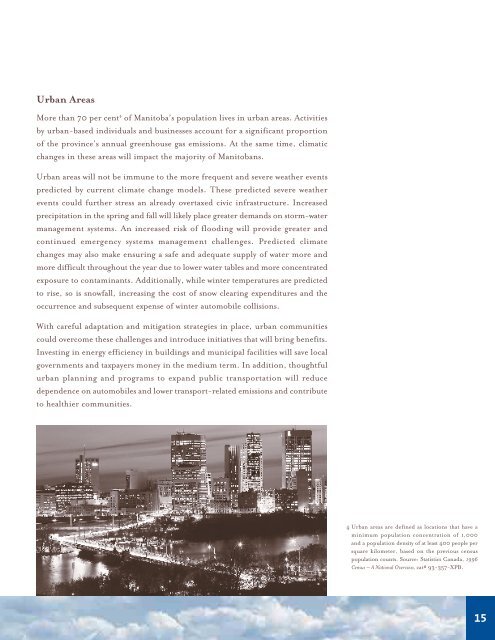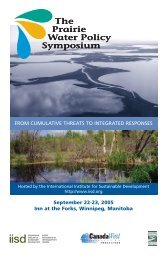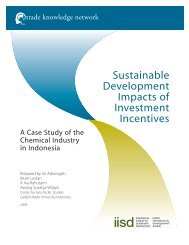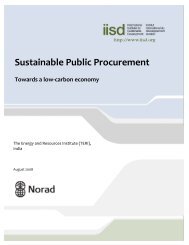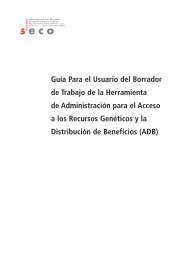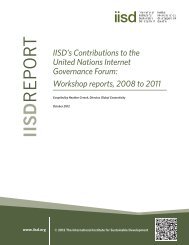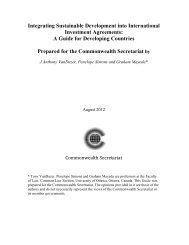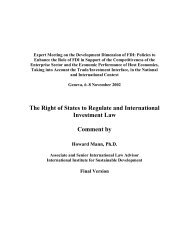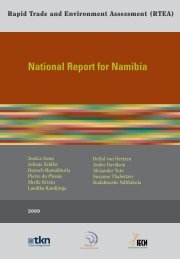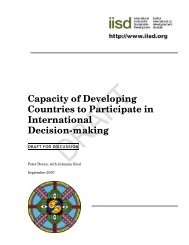Manitoba Climate Change Task Force - International Institute for ...
Manitoba Climate Change Task Force - International Institute for ...
Manitoba Climate Change Task Force - International Institute for ...
Create successful ePaper yourself
Turn your PDF publications into a flip-book with our unique Google optimized e-Paper software.
Urban Areas<br />
More than 70 per cent 4 of <strong>Manitoba</strong>’s population lives in urban areas. Activities<br />
by urban-based individuals and businesses account <strong>for</strong> a significant proportion<br />
of the province’s annual greenhouse gas emissions. At the same time, climatic<br />
changes in these areas will impact the majority of <strong>Manitoba</strong>ns.<br />
Urban areas will not be immune to the more frequent and severe weather events<br />
predicted by current climate change models. These predicted severe weather<br />
events could further stress an already overtaxed civic infrastructure. Increased<br />
precipitation in the spring and fall will likely place greater demands on storm-water<br />
management systems. An increased risk of flooding will provide greater and<br />
continued emergency systems management challenges. Predicted climate<br />
changes may also make ensuring a safe and adequate supply of water more and<br />
more difficult throughout the year due to lower water tables and more concentrated<br />
exposure to contaminants. Additionally, while winter temperatures are predicted<br />
to rise, so is snowfall, increasing the cost of snow clearing expenditures and the<br />
occurrence and subsequent expense of winter automobile collisions.<br />
With careful adaptation and mitigation strategies in place, urban communities<br />
could overcome these challenges and introduce initiatives that will bring benefits.<br />
Investing in energy efficiency in buildings and municipal facilities will save local<br />
governments and taxpayers money in the medium term. In addition, thoughtful<br />
urban planning and programs to expand public transportation will reduce<br />
dependence on automobiles and lower transport-related emissions and contribute<br />
to healthier communities.<br />
4 Urban areas are defined as locations that have a<br />
minimum population concentration of 1,000<br />
and a population density of at least 400 people per<br />
square kilometer, based on the previous census<br />
population counts. Source: Statistics Canada, 1996<br />
Census – A National Overview, cat# 93-357-XPB.<br />
15


